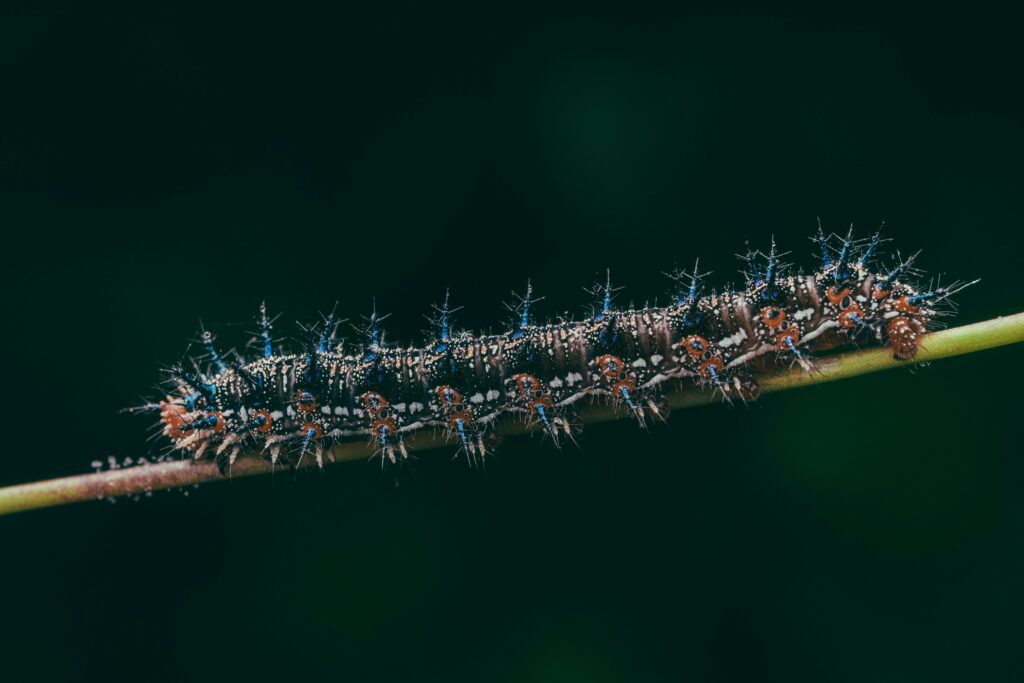Walking through the dense forests of Southeast Asia, you might mistake it for a twig that has somehow come to life. The world’s longest insect, resembling a slender branch, can reach astonishing lengths that rival the size of your arm. These remarkable creatures, belonging to the order Phasmatodea, have mastered the art of camouflage while simultaneously breaking records for insect length. Their extraordinary dimensions and uncanny resemblance to plant matter make them one of the most fascinating examples of evolutionary adaptation in the insect world.
The Record-Breaking Champion: Phryganistria chinensis Zhao

The title of the world’s longest insect currently belongs to Phryganistria chinensis Zhao, discovered in China in 2016. This colossal stick insect measured an incredible 62.4 centimeters (24.6 inches) when its legs were fully extended. The specimen that broke the record was found during a field study in the Guangxi Zhuang Autonomous Region by entomologist Zhao Li, who spent years searching for this elusive giant after hearing reports from locals. Even without its legs extended, the body length alone surpasses most other insects at 38.2 centimeters (15 inches), making it longer than many small mammals and reptiles. This discovery unseated the previous record holder and demonstrated that there may still be undiscovered giants lurking in remote forest regions.
The Former Champion: Phobaeticus chani
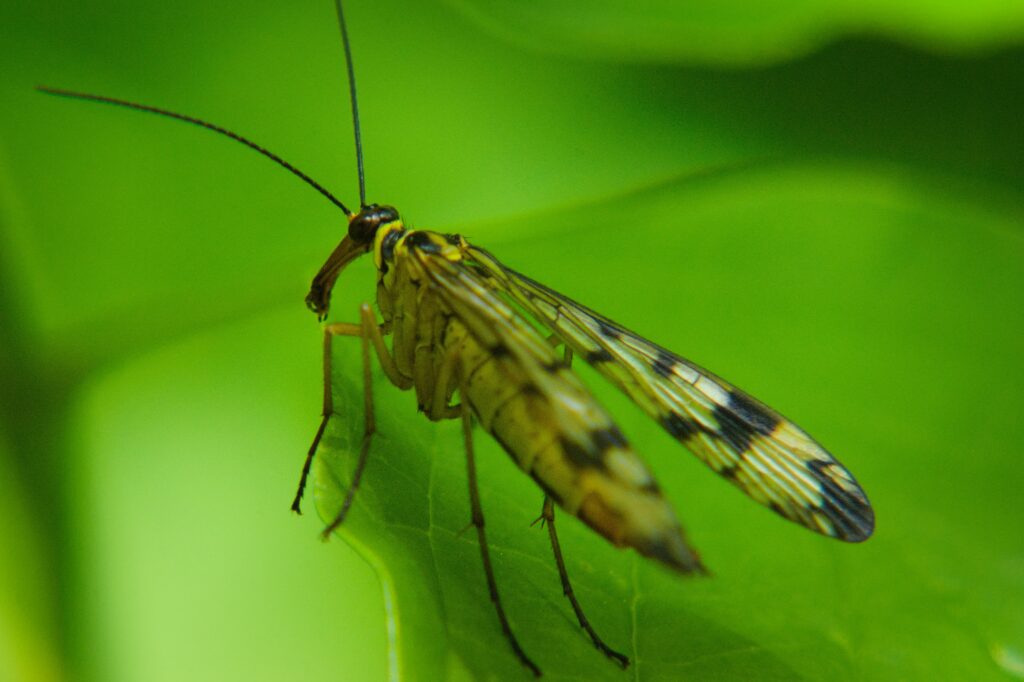
Before the discovery of Phryganistria chinensis Zhao, the crown of world’s longest insect belonged to Chan’s megastick (Phobaeticus chani), native to the rainforests of Borneo. This impressive species measures up to 56.7 centimeters (22.3 inches) with legs extended and boasts a body length of about 35.7 centimeters (14 inches). First formally described in 2008, this species was named after amateur naturalist Datuk Chan Chew Lun, who discovered the specimen. Chan’s megastick remains exceedingly rare, with only a handful of specimens ever collected, highlighting both its elusive nature and potentially precarious conservation status. The holotype specimen is now housed in the Natural History Museum in London, where it continues to amaze visitors with its extraordinary proportions.
Taxonomic Classification of Giant Stick Insects
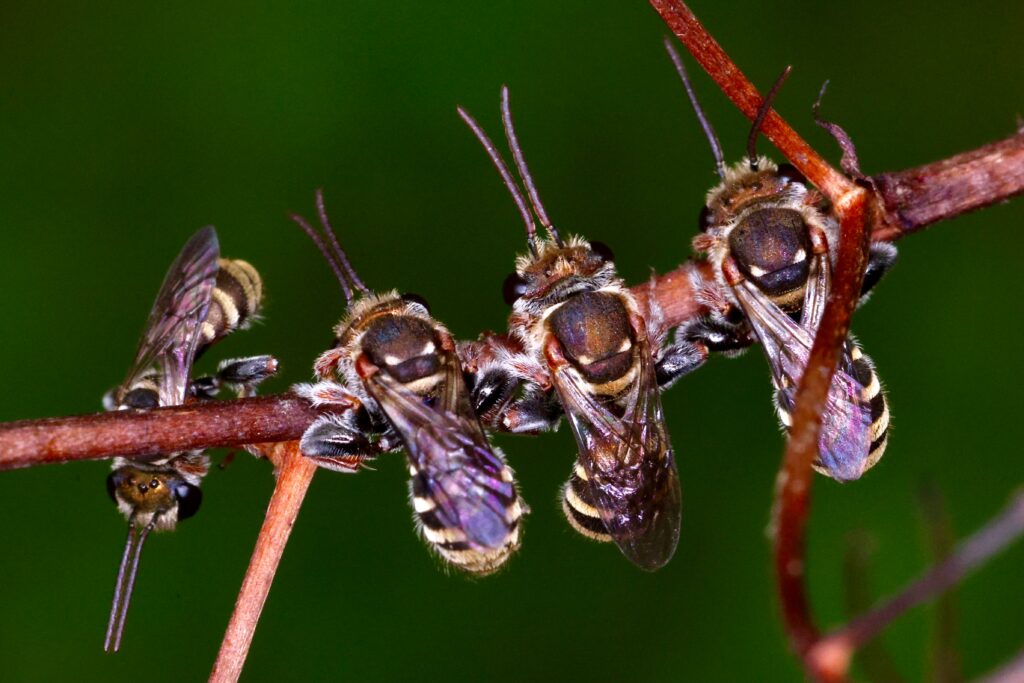
Giant stick insects belong to the order Phasmatodea, a group whose name derives from the Greek word “phasma,” meaning phantom or apparition – an apt description for creatures that seem to vanish into their surroundings. Within this order, the record-breaking species belong to the family Phasmatidae, which includes many of the largest stick insect varieties. These insects are further classified in the superfamily Phasmatoidea, which encompasses the “true” stick insects as opposed to leaf insects (Phylliidae). The taxonomy of stick insects continues to evolve as researchers discover new species and relationships, with molecular studies sometimes revealing that what appeared to be one species may actually be several closely related ones. This ongoing classification work helps scientists understand the evolutionary history that produced these extraordinary giants.
Evolutionary Benefits of Extreme Length

The remarkable length of giant stick insects represents a fascinating evolutionary strategy that has developed over millions of years. Their elongated bodies primarily serve as an advanced form of camouflage, allowing them to blend seamlessly with branches and twigs in their forest habitats. This extreme morphological adaptation helps them avoid detection by predators, particularly birds and small mammals that would otherwise easily spot them. Beyond camouflage, the extended body allows female stick insects to produce more eggs, as their elongated abdomens can house larger reproductive systems. Additionally, their lengthy limbs enable them to reach across gaps between branches without needing to expose themselves by leaving their current perch. These combined advantages have made extreme length a successful survival strategy despite the metabolic costs of maintaining such a large body.
Physical Characteristics and Anatomy

Giant stick insects possess a suite of specialized physical adaptations beyond their impressive length. Their bodies are cylindrical and remarkably slender, with a tough exoskeleton that provides protection while maintaining flexibility. Most species feature six long legs that extend outward from the body, with the front pair often modified to extend forward alongside the antennae, further enhancing their twig-like appearance. Their coloration ranges from various shades of brown and green to match the vegetation in their habitat, sometimes with intricate patterns that mimic bark texture, lichen, or moss. Many species can change their coloration gradually to match seasonal changes in their environment, darkening or lightening over weeks as the surrounding foliage changes. Their heads are small and equipped with compound eyes that provide excellent vision, crucial for detecting the movement of potential predators.
Distribution and Habitat
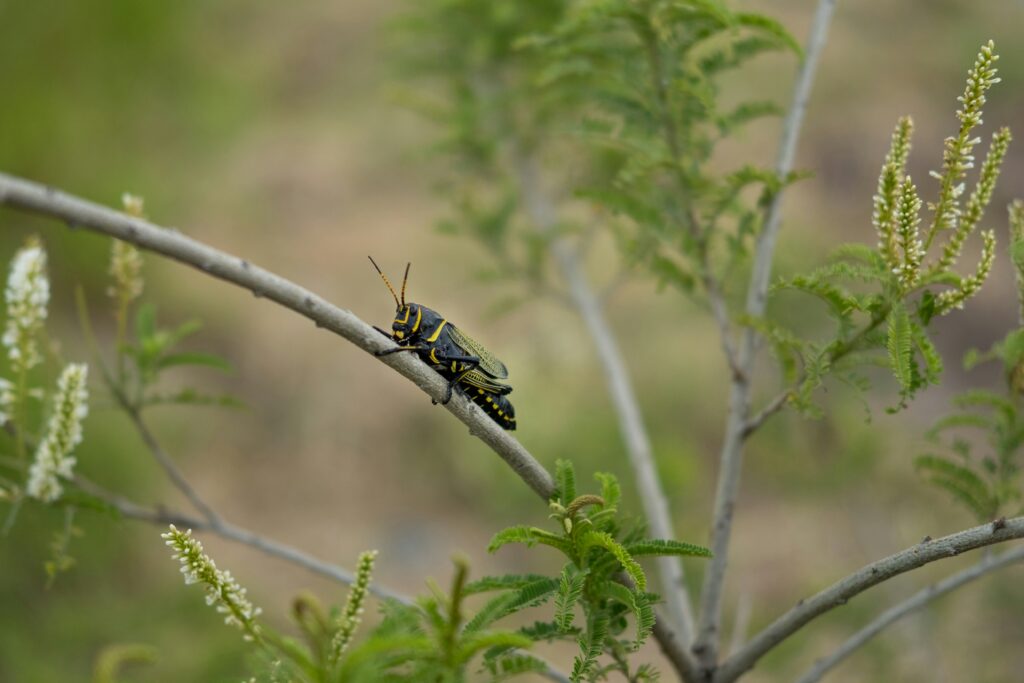
The world’s largest stick insects are primarily found in the tropical and subtropical forests of Southeast Asia, with biodiversity hotspots in China, Malaysia, Vietnam, Indonesia, and the Philippines. These insects thrive in humid forest environments with abundant vegetation, particularly in mid-elevation montane forests that provide ideal temperature and moisture conditions. Many giant species prefer the canopy layer, where they can remain safely hidden among dense foliage while feeding on leaves. The specific microhabitats they occupy can vary by species, with some preferring particular host plants or forest types. Climate change and deforestation pose significant threats to these specialized habitats, potentially endangering populations of these record-breaking insects before many species have even been formally described. Conservation efforts in these regions are critical for preserving both the insects and their unique forest ecosystems.
Diet and Feeding Habits

Despite their intimidating size, giant stick insects are strictly herbivorous, feeding exclusively on plant matter throughout their lives. Their diet primarily consists of the leaves of trees and shrubs, with many species showing strong preferences for particular plant families such as Rosaceae, Fagaceae, or Myrtaceae. These insects possess specialized mouthparts designed for chewing tough plant material, allowing them to consume substantial amounts of foliage, particularly at night when they are most active. The digestive system of stick insects is remarkably efficient, enabling them to extract nutrients from plant matter that would be indigestible to many other animals. Some species have been observed to be monophagous (feeding on only one plant species), while others are polyphagous (accepting multiple plant species as food), giving them greater flexibility if their preferred food source becomes scarce.
Unique Reproduction and Life Cycle

The reproductive biology of giant stick insects presents several fascinating adaptations, including the widespread ability to reproduce parthenogenetically – females can produce viable eggs without mating with males. In many species, males are rare or unknown, with populations consisting almost entirely of females that clone themselves generation after generation. When sexual reproduction does occur, mating pairs may remain coupled for extended periods, sometimes days at a time. Female stick insects lay hundreds of eggs during their lifetime, typically dropping them individually to the forest floor or using specialized structures to attach them to plant material. The eggs themselves often mimic plant seeds in appearance and texture, complete with structures that attract ants who carry them to their nests, providing protection until they hatch. From egg to adult, the development process can take up to three years in the largest species, with nymphs molting multiple times as they gradually attain their impressive adult dimensions.
Remarkable Defense Mechanisms
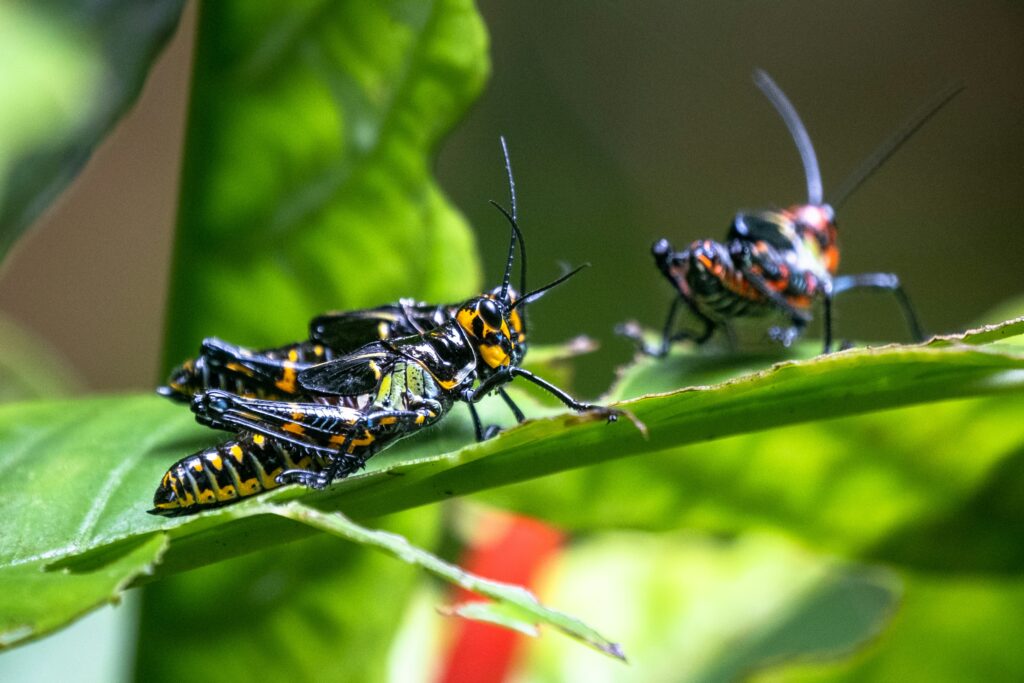
While camouflage serves as their primary defense, giant stick insects have evolved several additional strategies to avoid predation when their cover is blown. When threatened, many species exhibit thanatosis, a form of playing dead where they stiffen their bodies and remain motionless, even when handled or disturbed. Some species can emit foul-smelling chemical secretions from specialized glands when threatened, creating an effective deterrent against predators like birds and small mammals. Certain giant stick insects have evolved spines or tubercles on their bodies that can inflict painful jabs if handled carelessly. Perhaps most dramatically, some species engage in startle displays when threatened, rapidly flashing brightly colored wings or patches of skin normally hidden under their camouflaged exterior, momentarily confusing potential predators and creating an opportunity for escape.
Scientific Discovery and Research Challenges
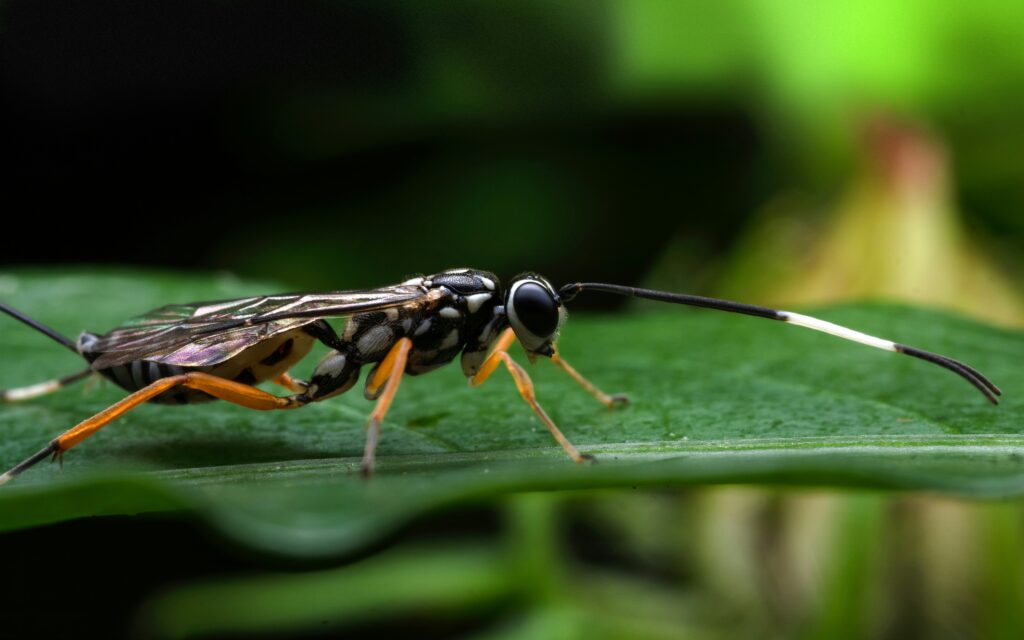
Studying the world’s largest insects presents unique challenges that have slowed scientific understanding of their biology and ecology. Their exceptional camouflage makes them extraordinarily difficult to locate in the wild, even for experienced researchers conducting targeted searches. Many species inhabit remote, often politically unstable regions with difficult terrain, limiting scientific access to their natural habitats. The nocturnal habits of most stick insects further complicate field observations, requiring specialized equipment and methods to document their behaviors. Additionally, their sensitivity to environmental conditions makes them difficult to maintain in laboratory settings for extended studies. These research challenges explain why new species of giant stick insects continue to be discovered regularly, with estimates suggesting that hundreds of species remain undescribed, potentially including new record-breakers for length or other dimensions.
Conservation Status and Threats
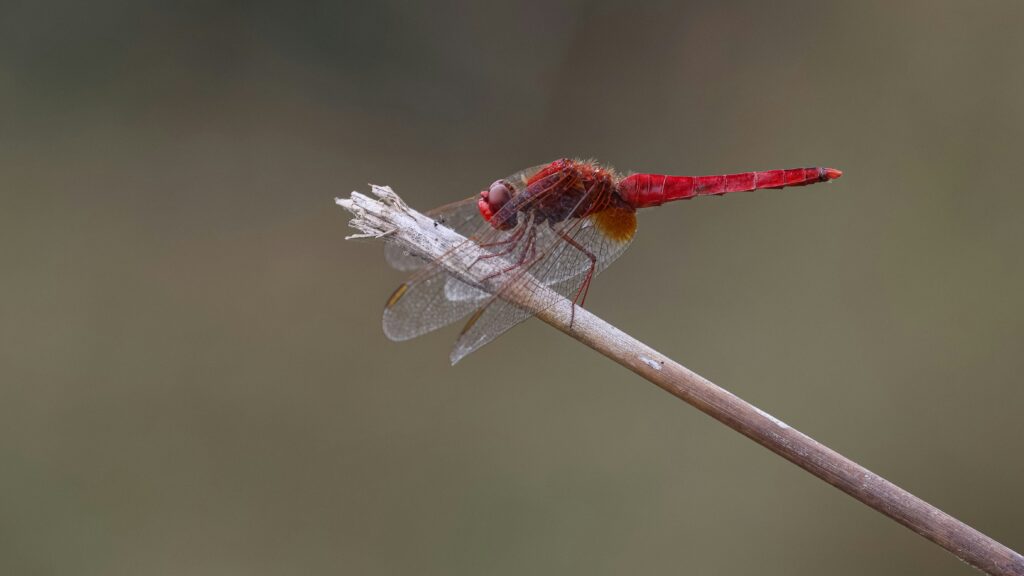
Many species of giant stick insects face mounting conservation challenges, with habitat loss representing the most severe threat to their survival. Deforestation in Southeast Asia proceeds at alarming rates, destroying the specialized forest habitats these insects require. Climate change presents additional pressures, altering temperature and precipitation patterns in ways that may disrupt the delicate balance these insects have evolved to exploit. Because many species have highly specialized diets, the loss of particular plant species can doom dependent stick insect populations even when some forest cover remains. Collection for the international pet trade places additional pressure on wild populations, particularly for the most impressive species like record-length giants. Unfortunately, conservation efforts are hampered by limited data on population sizes and distributions, with many species too poorly understood to assess their conservation status accurately.
Keeping Giant Stick Insects in Captivity

The fascination with these extraordinary insects has led to their growing popularity in the exotic pet trade and educational displays, though keeping the largest species presents significant challenges. Successful maintenance requires spacious enclosures that accommodate their extreme length, typically tall terrariums with plenty of climbing structures. Maintaining appropriate humidity levels is crucial, usually requiring regular misting systems to mimic their tropical forest environments. Providing fresh food presents one of the biggest challenges, as many species require specific plant species that may be difficult to source year-round outside their native range. Ethical considerations are also important, as wild-caught specimens may contribute to population declines, making captive-bred individuals the more responsible choice for collectors. For those willing to meet their specialized needs, giant stick insects can live for several years in captivity, offering a glimpse into the remarkable adaptations of these record-breaking arthropods.
Cultural Significance and Human Fascination
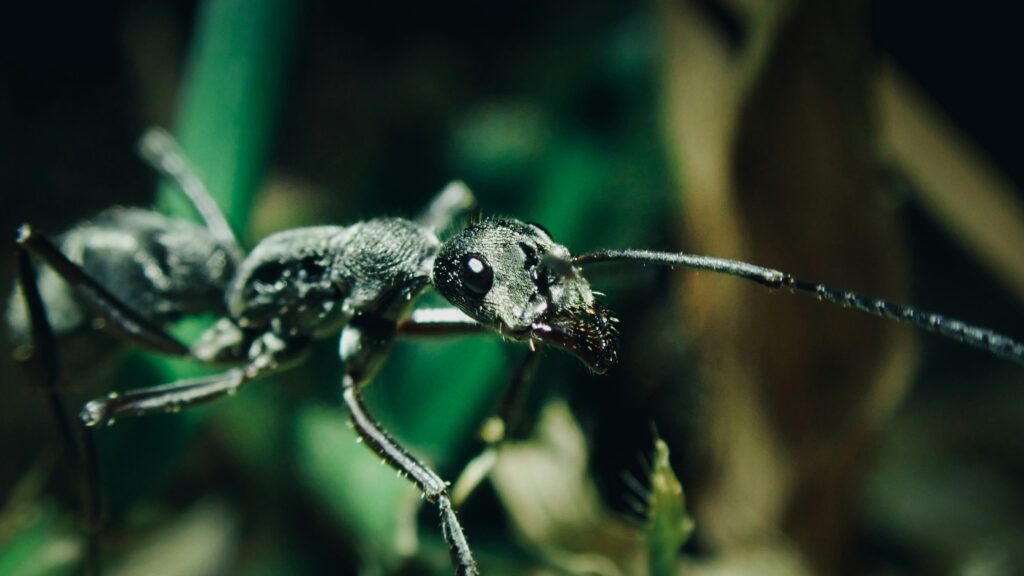
Throughout history, giant stick insects have captured human imagination and featured in various cultural contexts, particularly in the regions where they naturally occur. In parts of Southeast Asia, certain indigenous communities traditionally viewed stick insects as spiritual creatures, sometimes associated with forest spirits or supernatural protection. Their remarkable camouflage has inspired military camouflage techniques, with their body structures studied by designers of concealment systems. In contemporary culture, these insects regularly feature in nature documentaries, where their extraordinary proportions never fail to elicit amazement from viewers. Museums around the world prominently display specimens of the largest species, where they consistently rank among the most popular exhibits in entomological collections. These cultural connections highlight how extreme biological adaptations can transcend scientific interest to become sources of broader human fascination and inspiration.
Conclusion
The world’s longest insects represent a remarkable example of evolutionary specialization, having developed their extraordinary dimensions as part of a sophisticated survival strategy. From the record-holding Phryganistria chinensis Zhao to other giants like Chan’s megastick, these creatures continue to surprise researchers with their extreme proportions and effective camouflage. As science continues to explore the remote forests where these giants dwell, we may yet discover even longer specimens hiding in plain sight. However, the race to document these remarkable creatures runs parallel with the urgent need to protect their diminishing habitats. These living rulers of the insect world remind us that even in an age of comprehensive biological knowledge, nature still harbors secrets and superlatives waiting to be discovered.

